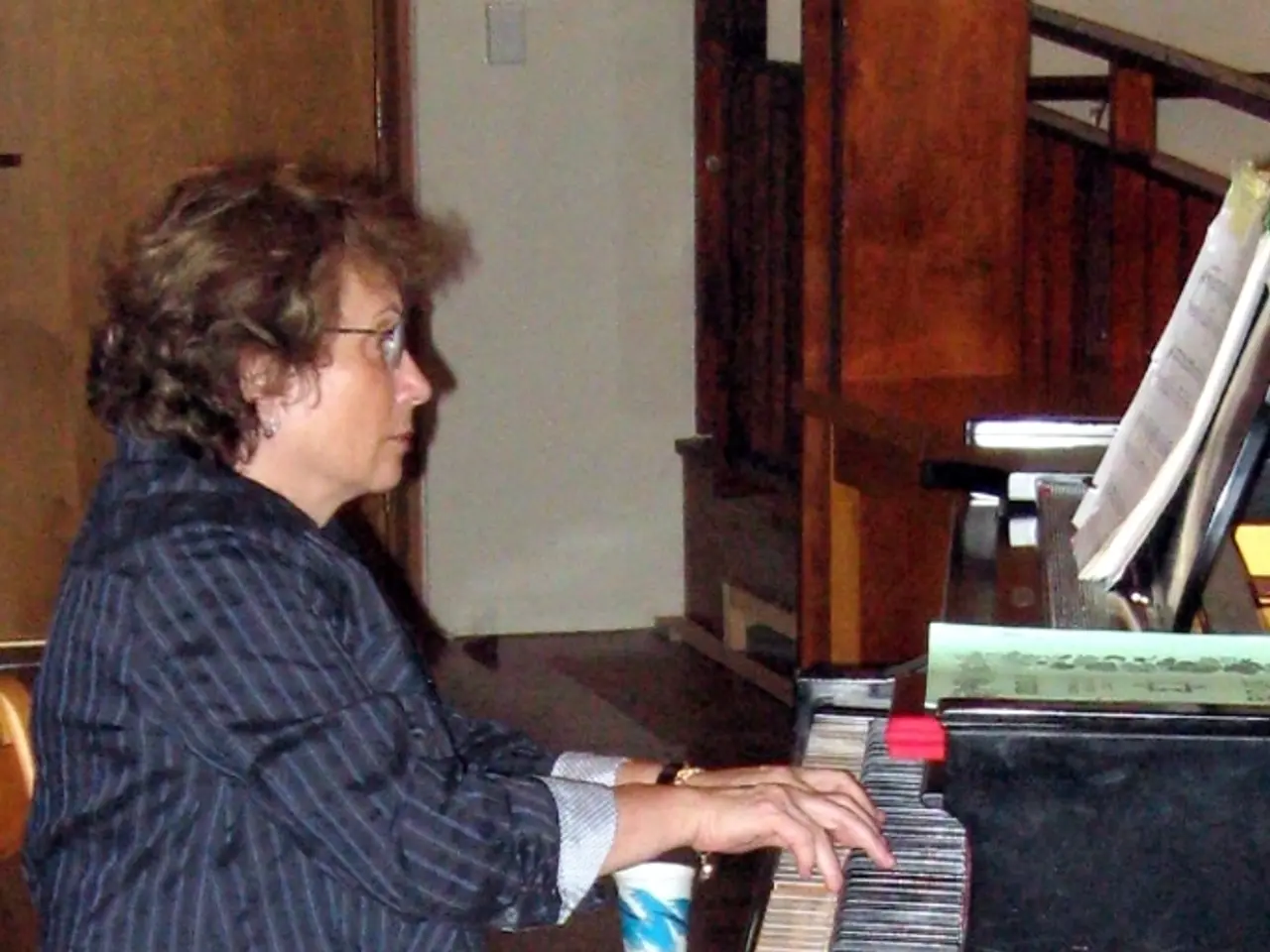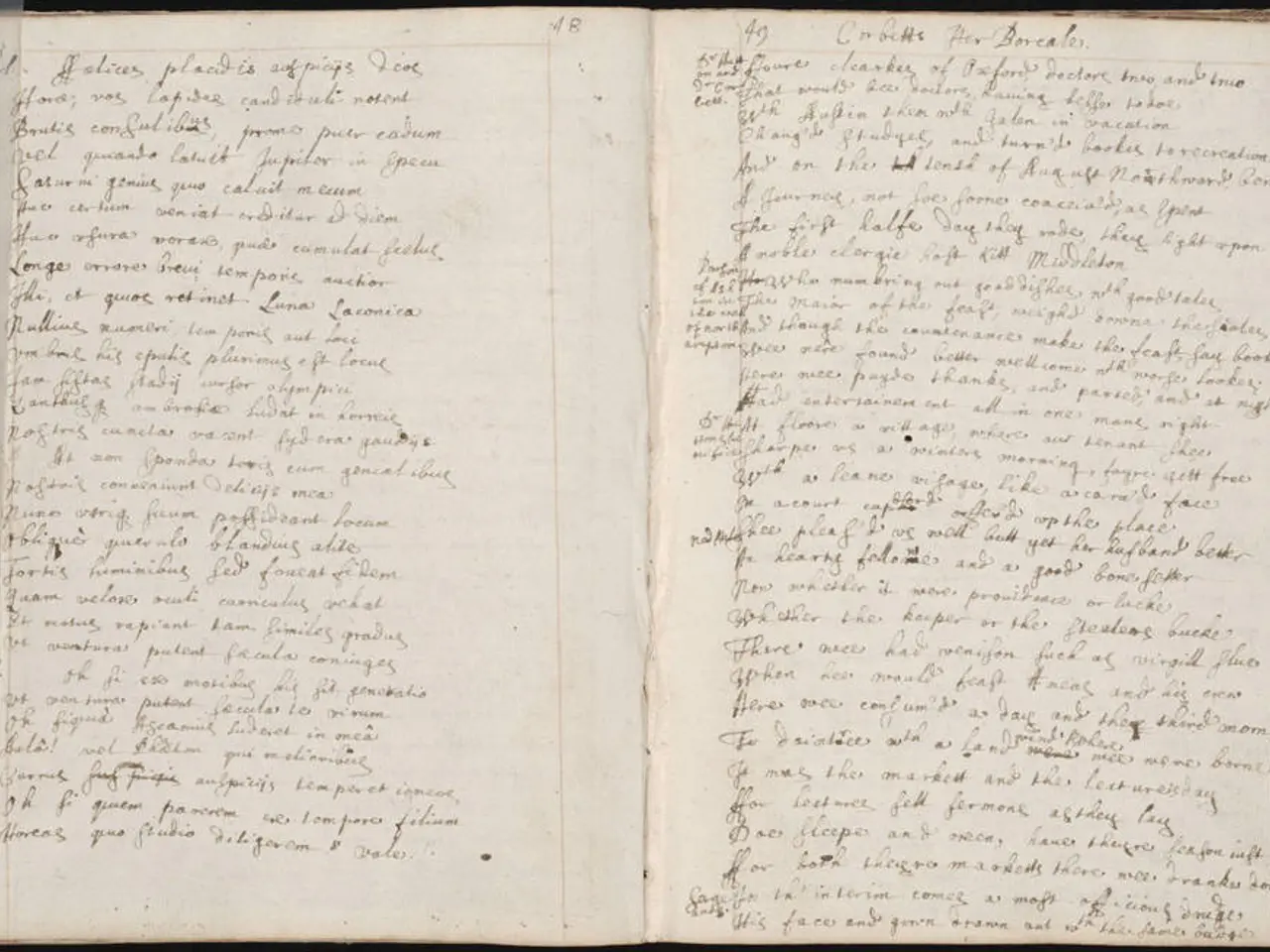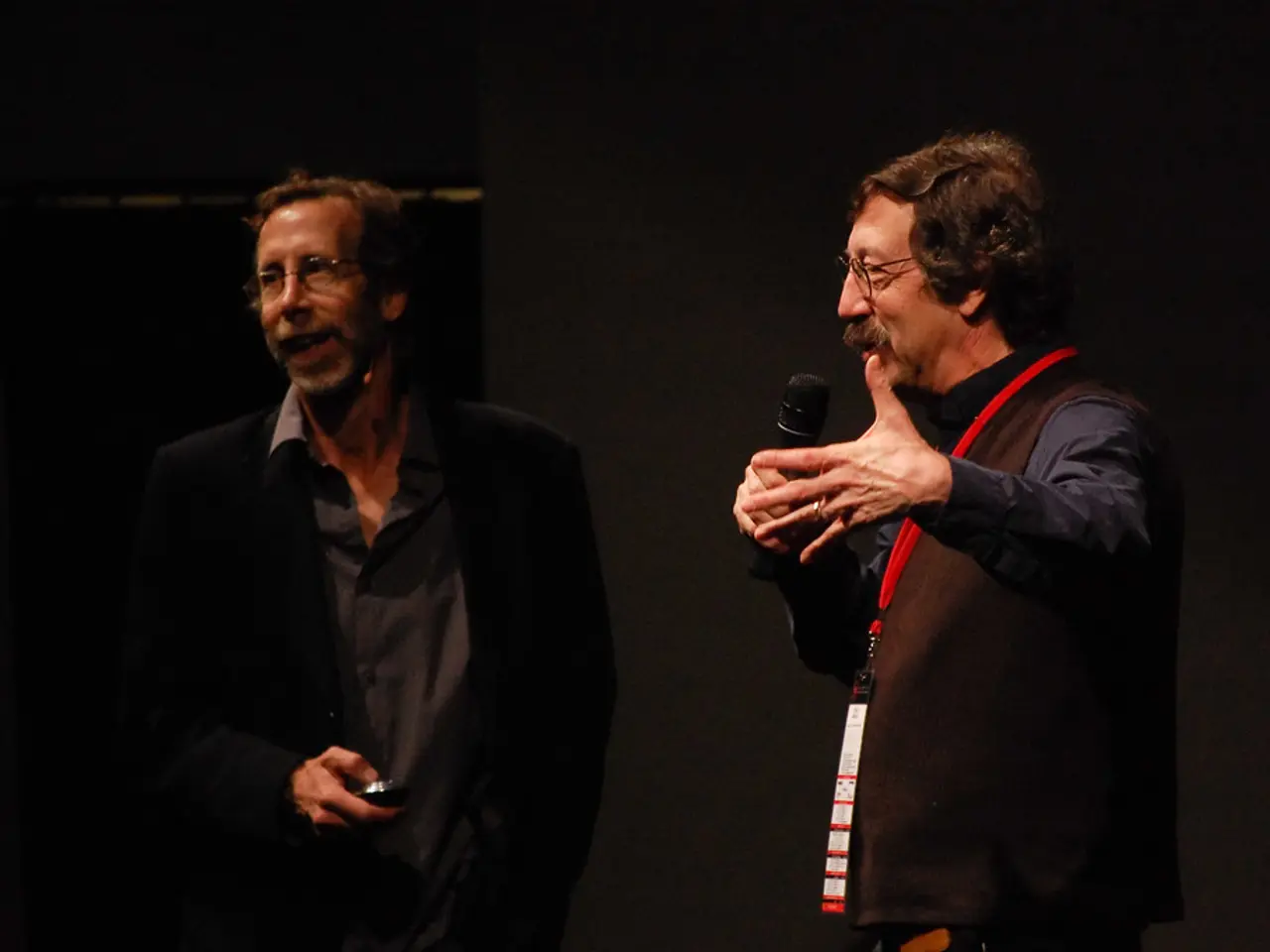Enhancing Education through Melody - Unveiling the Power of Appropriate Tunes to Boost Academic Performance
Creating the perfect playlist to aid in long study sessions can significantly enhance focus and productivity. Here's a step-by-step guide to help you craft your ideal study playlist:
**1. Select Music That Promotes Focus**
Choose music with a moderate tempo, typically between 60-80 beats per minute. This tempo aligns well with a resting heart rate and encourages calm, steady focus. Opt for instrumental music or genres without lyrics, such as classical, ambient, or certain electronic music, as lyrics tend to interfere with verbal processing tasks.
**2. Personalise Your Playlist**
Experiment with different genres and tracks to find what best suits your preferences. Some people may find ambient electronic or lo-fi beats more conducive to concentration, while others might prefer classical or jazz. Avoid songs that evoke strong emotions or memories that might pull your attention away from studying.
**3. Maintain Consistency**
Keep a consistent mood and style throughout your playlist to avoid interruptions caused by jarring transitions. Include tracks with a steady rhythm and simple structure to help sustain your cognitive flow. Repeat certain tracks or motifs if they help you settle into focused work.
**4. Organise and Refresh Your Playlist**
Consider structuring your playlist for different phases of study, such as warm-up, deep focus, and review. Use online platforms to easily create and shuffle playlists tailored to your study goals. Refresh your playlist regularly to keep it engaging without being distracting.
In essence, the ideal study playlist is a personalised, consistent selection of mostly instrumental, moderate-tempo music that supports concentration without causing distraction. Classical pieces by composers like Bach, Beethoven, or Debussy, or curated ambient electronic tracks, are popular choices, but your individual preferences are key to maintaining concentration for hours.
Music can stimulate the brain and put it into a state that enables more productive work. Classical music is particularly popular for learning due to its consistent speed, tempo, and mood-enhancing major key. Nature sounds like rain, waves, or birdsong also create a soothing learning environment that reduces stress and promotes concentration.
Remember, personal preferences and needs are the most important factors when choosing music for learning. Instrumental music, like soft piano or acoustic guitar pieces, promotes concentration by lacking text and causing less distraction. For creative tasks like art, music with approximately 145 beats per minute is recommended. For logical subjects like math, physics, or biology, slow music with 50-80 beats per minute is recommended. For humanities, songs with 80-145 beats per minute activate both hemispheres of the brain and can help with the combination of logic and creativity.
Lo-Fi and Chillout Beats are popular for focused learning due to their soft rhythms and calming melodies. Combining nature sounds with meditation music helps clear thoughts and promotes productive learning. Listening to music releases more endorphins, which can boost mood and motivation for learning.
However, it's important to note that the controversial 'Mozart effect', which suggests music makes people smarter, is not scientifically proven. The key is to find what works best for you and creates an environment that supports concentration, motivation, and productivity.
Embarking on a journey to curate a multidimensional playlist, you might want to incorporate not only music that fosters focus but also segments of lifestyle, fashion-and-beauty, entertainment, and engaging podcasts or audiobooks. This blend could provide a dynamic soundtrack for those marathon study sessions, catering to diverse interests during prolonged periods of focused learning.
Combining a engaging study playlist with captivating fashion shows or beauty tutorials, blockbuster films, or engaging podcasts can supplement your learning experience, offering a more immersive and stimulating environment to maintain productivity and focus.






